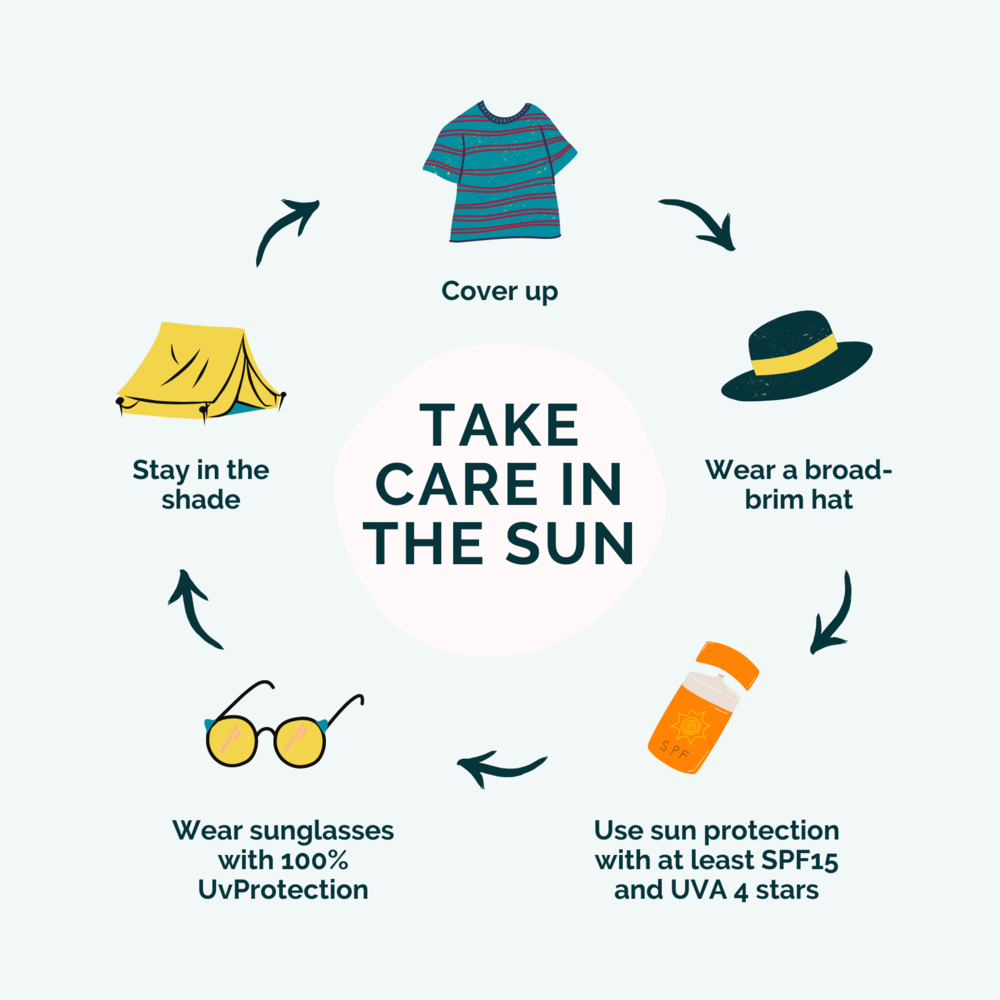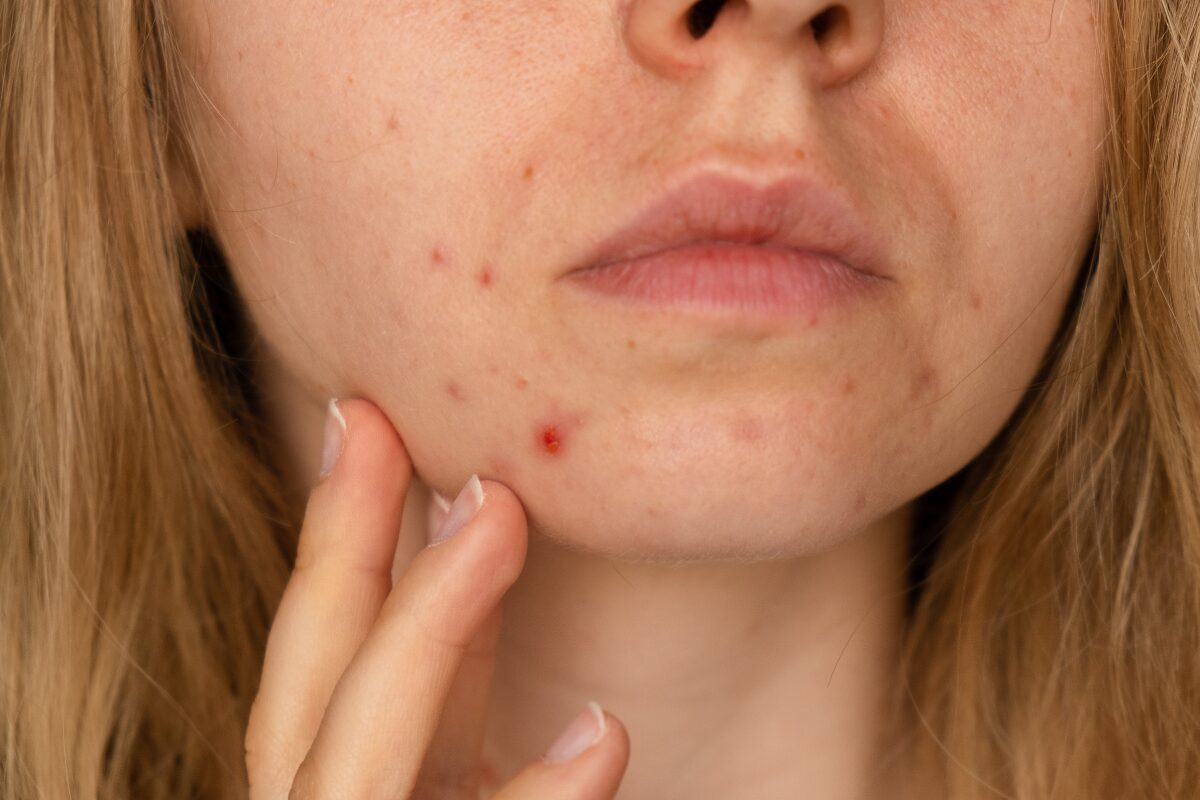Midlife Woman’s Guide To Sunscreen

Sunscreen should be a part of your daily routine no matter how old you are or what time of year to protect against premature aging and skin cancer. When the weather warms up, it’s even more essential to ensure you’re protected when you go out into the sun, ideally with sunscreen that is low in toxins.
An estimated 90 percent of skin aging is caused by the sun. People who use sunscreen with an SPF of 15 or higher daily show 24 percent less skin aging than those who do not use sunscreen daily.
Skin cancer is a very real threat, especially for women as they age. Women of color are just as vulnerable to skin cancer. In fact, the estimated 5-year melanoma survival rate for Black people is only 67 percent versus 92 percent for whites. Regular daily use of an SPF 15 or higher sunscreen reduces the risk of developing melanoma by 50 percent. Preventing sunburn is also essential to lowering your risk of squamous cell carcinoma, the second most common form of skin cancer. Sunburns, particularly those occurring in childhood, also increase a person’s risk of developing melanoma, the deadliest form of skin cancer. It’s estimated that the number of new melanoma cases diagnosed in 2021 in the U.S. will increase by 5.1 percent.
Sunscreen alone does not prevent skin cancer. Protective clothing, sunglasses, hats, and avoiding the sun are actually more reliable ways to protect the skin from UV rays. Combining sunscreen with these tactics is your best bet to reduce the threats of aging skin and cancer.
Sunscreen Ingredients to Avoid
Like with any product, knowing which sunscreen products are the most effective and free of harmful chemicals is essential. European sunscreen products are made with four ingredients that offer more protection from harmful UVA rays. Unfortunately, the FDA has not yet approved these ingredients, pending more safety data. An Environmental Working Group (EWG) study of laboratory tests of 51 sunscreen products found that only 35 percent of the products tested met the EU standard, but 94 percent would pass the current U.S. standard. U.S. products are generally weaker than those approved and sold in the EU.
Many sunscreens include potentially toxic additives, including oxybenzone, an endocrine-disrupting chemical, or retinyl palmitate, an antioxidant additive that might damage sun-exposed skin. Sunscreens containing zinc oxide and titanium dioxide are less likely to contain harmful additives and may irritate the skin less than chemical sunscreens. These are what are known as mineral or physical sunscreens. They sit on top of the skin and physically block UVA and UVB rays. Studies sponsored by the FDA and European Union concluded that neither zinc oxide nor titanium dioxide nanoparticles penetrate the skin
The type of application matters too. Lotions are better at protecting your skin than sprays and sticks. The EWG advises avoiding sprays – chemical and mineral.
Facts About Sunscreen SPF Values
Not all sunscreens live up to their claims, according to an analysis by the EWG. A high SPF product may not truly be a high SPF. Consumer Reports tested 82 lotions, sprays, sticks, and lip balms, and 32 tested at less than half their labeled SPF number. Procter & Gamble tested a competitor’s SPF 100 product at five different labs, and the results varied between SPF 37 and SPF 75. The company sent a letter to the FDA recommending that SPF values should be capped at 50+ because the current system is “at best, misleading to consumers” and “may inappropriately influence their purchase decision.”
And what about that SPF rating? Is a higher rating better at protecting us from harmful sun exposure? Not necessarily. The EWG asserts there is little evidence to suggest that higher SPF products provide any additional health benefits. Even the FDA made a statement that SPF higher than 50 is “inherently misleading.” SPF values are actually capped at 50+ in Europe, Australia, Canada, and Japan. In a high SPF product, the balance of ingredients may not protect the skin from harmful UVA rays.
Some studies suggest that high SPF products may mislead consumers into believing that they are fully protected from sun damage. One result is that people using sunscreens with higher SPF ratings risk overexposure by spending more time in the sun. The high SPF may give us a sense of comfort that we are better protected over a long period.

Sunscreen Application Tips
- Apply sunscreen before going outside when your skin is cool. According to the American Academy of Dermatology, your skin takes approximately 15 minutes to absorb the sunscreen and protect you. Reapply every two hours and after swimming or sweating.
- Use more than you think you need. Most adults need about 1 ounce — or enough to fill a shot glass — to fully cover their body.
- Shake the product to evenly distribute the ingredients and ensure it’s not expired. Yes, sunscreen does expire. The FDA mandates that sunscreen lasts for three years, but not all products have a date. If yours does not, write the date you bought it on the bottle with a permanent marker.
- Use sprays with caution. Avoid inhaling the spray, and do not apply it directly to your face. Instead, spray some into your hands and then apply.
- Pair your sunscreen with a hat to ensure maximal protection from the sun.
Top-Rated Sunscreens
Your dermatologist is a good source for sunscreen recommendations. The EWG’s Guide to Sunscreen is also a great resource and includes categories for beach and sport, daily moisturizers, and lip balms.
Sign up for more unique women’s health content
By submitting this form, you agree to the Lisa Health Privacy Policy and Terms of Use


